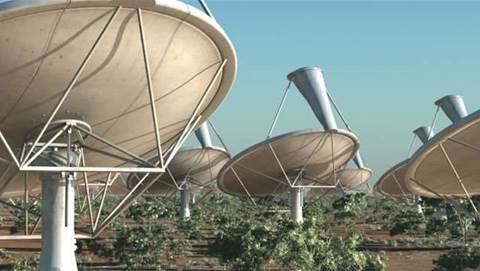
The virtual environment reflects Rome as it is thought to have looked around the time of Emperor Constantine, when Rome was a vibrant and cosmopolitan city of about a million people.
Rome Reborn has reconstructed around 7,000 buildings contained within the original 13-mile wall surrounding the city using detailed laser scans of the modern city combined with advice from archaeologists.
Visitors will be able to explore the facade of the city and see deep within the interiors of 30 major attractions including the Colosseum, the Basilica and the Senate buildings.
The architecture, statues and buildings come with frescoes, bas-reliefs, inscriptions and decorations stripped of centuries of pollution and damage.
"This is the first step in the creation of a virtual time machine which our children and grandchildren will use to study the history of Rome and many other great cities around the world," said project director Bernard Frischer from the University of Virginia.
The simulation will allow students and tourists to explore ancient Rome and get a better understanding of the city as it was then as well as allow academics to perform experiments such as determining the crowd capacity of ancient buildin gs.
Frischer said that the project was possible thanks to an international team of archaeologists, architects and computer specialists from the University of Virginia and UCLA, as well research institutes in Italy, Germany and Britain.


_(22).jpg&h=140&w=231&c=1&s=0)
_(20).jpg&h=140&w=231&c=1&s=0)
.png&h=140&w=231&c=1&s=0)



_(26).jpg&w=100&c=1&s=0)

 iTnews Executive Retreat - Security Leaders Edition
iTnews Executive Retreat - Security Leaders Edition











_(1).jpg&h=140&w=231&c=1&s=0)



